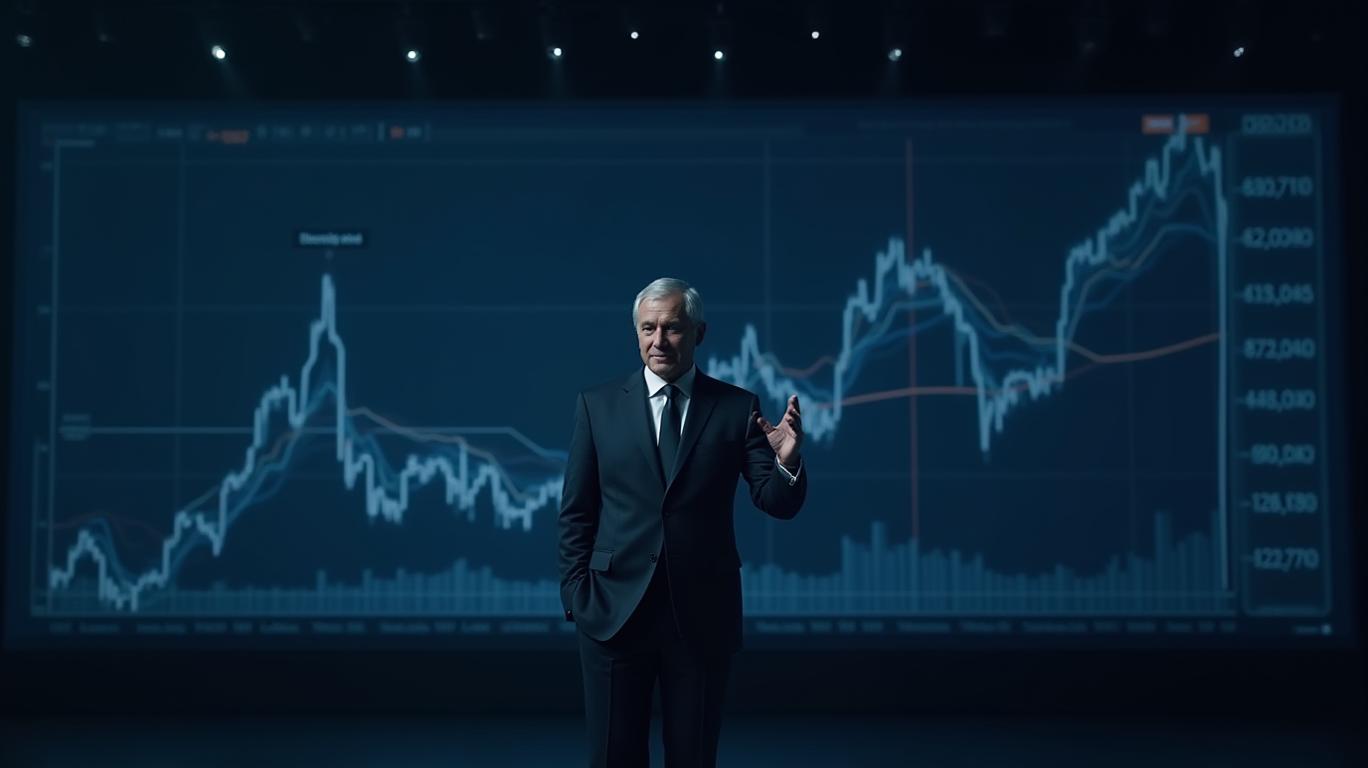DSV's $14.3B Schenker Takeover: A Gamble or Global Logistics Dominance?
The logistics sector is undergoing a seismic shift. On April 30, 2025, DSV Panalpina (DSV) finalized its €14.3 billion acquisition of DB Schenker, creating a logistics titan with pro forma revenue of €39.3 billion and operations spanning 90+ countries. This move positions DSV to rival industry giants like Kühne+Nagel and DHL, but at what cost? Below, we dissect the strategic rationale, financial risks, and market skepticism surrounding one of 2025’s most contentious deals.
The Deal Unpacked: Scale and Synergies
DSV’s all-cash transaction targets €9.0 billion in annual synergies by 2028, driven by operational consolidation, shared IT systems, and procurement efficiencies. Key metrics include:
- Revenue Diversification: Schenker’s 40% Asia-Pacific exposure balances DSV’s European focus, while its contract logistics division (now rebranded as Solutions) adds 17.5 million sqm of warehousing capacity.
- Market Share Gains: The combined firm becomes the world’s largest freight forwarder and a top-three contract logistics provider, with 46% of revenue in high-margin Air & Sea divisions.
- Debt Dynamics: Pro forma net debt/EBITDA rose to 3.0x, but DSV aims to reduce this to ≤2.0x by mid-2027 via free cash flow and asset sales.

Market Skepticism: Why the Stock Struggled
Despite the strategic ambition, DSV’s shares closed at DKK 1,332.5 in March 2025, below its pre-deal price of DKK 1,249.5, reflecting investor anxiety. Key concerns include:
1. Integration Risks: Merging Schenker’s bureaucratic Deutsche Bahn heritage with DSV’s agile culture poses execution challenges. Preliminary integration costs of DKK 11.0 billion and a two-year German social undertaking add complexity.
2. Delayed Synergies: Analysts note that 2025 EBIT guidance upgrades (to DKK 19.5–21.5 billion) rely entirely on Schenker’s contribution, with minimal synergy impact until 2026.
3. Geopolitical Uncertainty: The Red Sea conflict and U.S.-China trade tensions threaten supply chains, with DSV warning of potential disruptions.
The stock’s decline in early 2025 reflects investor skepticism about the deal’s near-term value.
Analysts: Bullish on Strategy, Cautious on Timing
Analysts are divided but broadly optimistic about the deal’s long-term potential:
- Bullish Case:
- Margin Expansion: Schenker’s contract logistics division (30% EBIT margins) is expected to lift DSV’s overall margins from 6.8% in 2024 to 8.5% by 2027.
- Execution Track Record: DSV’s successful integration of Panalpina (2019) boosted EBIT margins by 20%, a precedent for synergy realization.
- Buy Ratings: Stifel and Barclays maintain “Buy” ratings, with targets of DKK 1,600 and DKK 1,510, citing margin upside and market share gains.
- Bearish Concerns:
- Debt Overhang: The 3.0x leverage ratio may deter investors until deleveraging progresses.
- Cultural Misalignment: Schenker’s German labor agreements and DSV’s decentralized model could slow decision-making.
The Bottom Line: A Risky Bet Paying Off?
DSV’s acquisition is a high-stakes gamble with $3 trillion logistics market dominance as the prize. While near-term headwinds—including integration costs, geopolitical risks, and elevated debt—are valid concerns, the strategic rationale is undeniable:
- Scale and Diversification: The combined firm’s €39.3 billion revenue and global footprint reduce reliance on volatile regions.
- Margin Uplift: Schenker’s high-margin divisions and €9.0 billion in synergies set the stage for EBIT expansion.
- Debt Management: DSV’s target to reduce leverage to 2.0x by 2027 is achievable given its €3.7 billion annual free cash flow (2023).
The market’s skepticism appears overdone. While the stock’s Q2 2025 performance reflects short-term execution risks, the long-term value creation—projected to deliver 15% EPS accretion by 2026—suggests DSV’s bet on Schenker could be a masterstroke. For investors willing to weather the integration storm, this deal may yet prove transformative.
Final Analysis: A Buy for the Patient Investor
DSV’s acquisition of Schenker is strategically sound but financially aggressive. The risks—integration, debt, and geopolitical headwinds—are real but manageable given DSV’s track record and scale. With synergies kicking in by 2026 and a clear path to deleverage, the stock’s current dip may offer a buying opportunity.
Verdict: Hold for now, but consider a long position post-2026 when synergies materialize. The logistics landscape is DSV’s to dominate—if they execute.
Margin expansion to 8.5% by 2027 underscores the deal’s long-term accretive potential.










